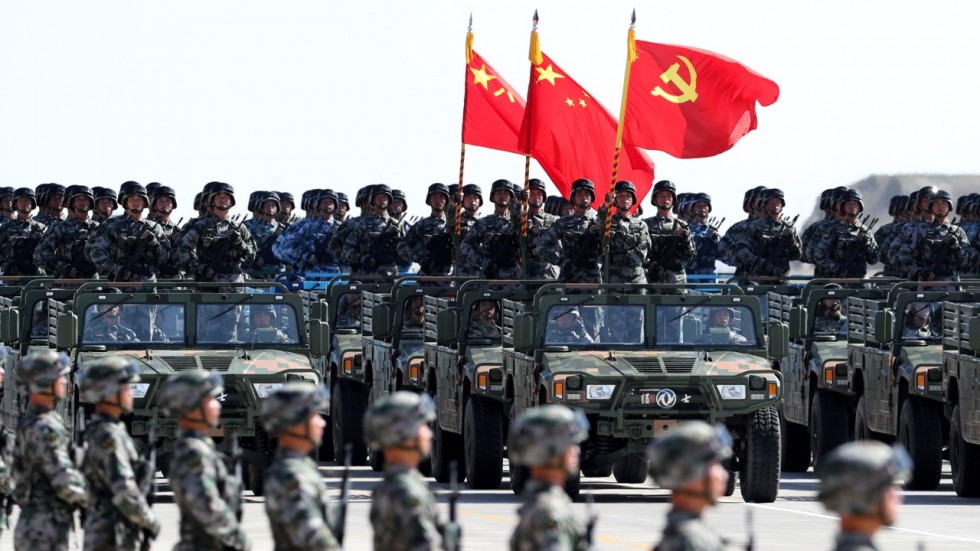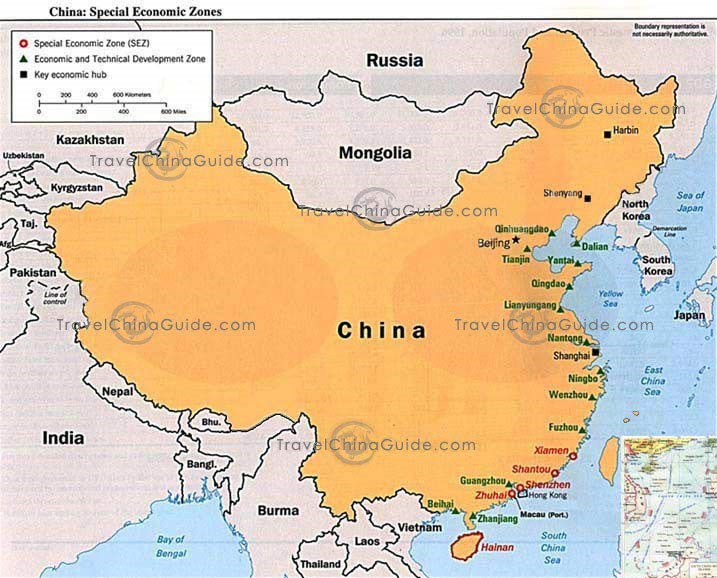China’s military might
January 2, 2018 | Expert Insights

China is reportedly planning on making use of robots and robotics in an effort to increase its bomb and shell production capacity by threefold within a decade. It is using the technology of Artificial Intelligence in order to achieve this goal and boost the productivity of its ammunition factories.
Background
China is the second largest economy in the world after USA. According to certain forecasts, its GDP growth is slated to overtake America’s GDP in another 10 years. A hub for manufacturing industry, China is the fastest growing economy. Its economic growth has been over 10% for over 30 years.
During the latest national Party Congress, Chinese leader Xi Jinping spoke about his vision for China. In the recent years, especially with the introduction of the OBOR project, China has begun to take a more ambitious role in the global politics. Jinping confirmed that it would continue being the trend moving forward. He said that policies would be put into place that will result in China becoming a leading global influence by 2050. He said that he wanted the nation to be a top ranked innovative nation by 2035 with a large middle-income population and narrower wealth gap. China’s soft power should be boosted, he added. By 2050, the nation should become a pioneering global voice.
He also said that the nation will continue building and strengthening its military might. So far it is the largest military. However, Jinping’s has envisioned the most powerful military in the world. He said it would promote national defense and military modernization, including “a modern army, navy, air force, rocket army, and strategic support force, and a strong and efficient command agency for joint operations.” He added, “A military is prepared for war. All military works must adhere to the standards of being able to fight a war and win a war. Our army is the people’s army; our defense is national defense. [We must] enhance the education on national defense education, consolidate the unity between the military and civilian, in order to achieve the Chinese dream of a strong military.”
In 2017, there was a military stand-off sparked between China and India in Doklam. At the time, China issued multiple aggressive statements. Chinese Defense ministry spokesman Col. Wu Qian even told India to not “push its luck”.
PLA
The Chinese People's Liberation Army (PLA) consists of five professional service branches: the Ground Force, Navy, Air Force, Rocket Force, and the Strategic Support Force. It is the world's largest military force, with a strength of approximately 2,285,000 personnel, 0.18% of the country's population. It is the fastest growing and modernising military power in the world.
Analysis

China is reportedly planning on making use of robots and robotics in an effort to increase its bomb and shell production capacity by threefold. It is using the technology of Artificial Intelligence in order to achieve this goal and boost the productivity of its ammunition factories.
Xu Zhigang, a researcher with the Chinese Academy of Sciences’ Shenyang Institute of Automation and a lead scientist with China’s “high-level weapon system intelligent manufacturing programme” has noted that many of the workers in China’s ammunition factories are being replaced by robots and artificial intelligence technology that can boost production. These robots have the ability to build different types of deadly explosives including artillery shells, bombs and rockets and do so in a precise manner. He, however, noted that this won’t result in lesser jobs for Chinese nationals.
“It’s not like our nation is gearing up for a war and filling its armouries at breakneck speed. However high the salary offered, young people are simply not interested in working in an army ammunition plant nowadays,” he said. These robots are five times as productive as a human resource according to the scientist. These robots will also address problems regarding safety and labour supply.
Professor Huang Dexian, from Tsinghua University’s department of automation and a member of an expert panel advising Beijing on robotic applications in manufacturing said, “The robots can free workers from risky, repetitive jobs in the bomb-making process. It will create new jobs such as control optimisation, hardware maintenance and technical upgrades. It will give us a stronger, healthier, happier defence workforce.”
Assessment
Our assessment is that China is investing heavily in developing artillery in a bid to establish its dominance not only in Asia but in the world. The nation has ambitiously charted various avenues to increase its global influence. This could be a concern for India that has often clashed with China over disputed borders that it shares with the nation. A modernized and a highly developed Chinese military power will pose a considerable threat to India’s security.








Comments